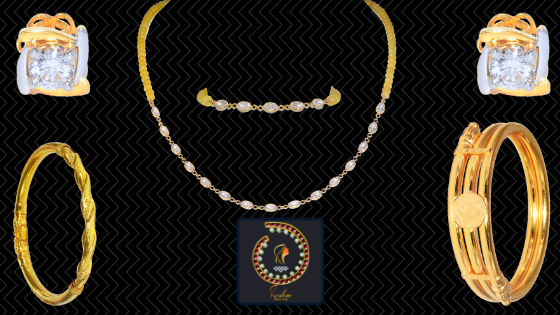The purchase of diamonds is an emotional purchase so, of course, before you sign on the dotted line you want to know if a diamond is real or not.

A genuine diamond is a starry and shining masterpiece. It's an artwork that will leave you spellbound. It's brilliant cut and dazzling shine that makes it the monarch of all gems. Differentiating a real diamond from a fake one, however, is a very difficult task involving a great deal of finesse and attention to details. Whether you're in the market to buy a ring or to inspect your own jewels, it'll be required by you to know the authenticity of your stone. There are several fake counterparts of diamonds that can easily be confused with genuine diamonds — natural gems with a strong resemblance to diamonds such as colourless sapphire, colourless topaz and colourless zirconium. There are also gems in the laboratory such as YAG (yttrium aluminium garnet), GGG (gadolinium gallium garnet), CZ (synthetic cubic zirconia) and synthetic moissanite which look like true diamonds to the average person.
Read on to know the five tests to Identify if Diamond is Genuine before you take it to a professional for the final verdict:
Magnification Test
A natural diamond crystal contains impurities and typical intrinsic or "self-defects". The uneven form of a real diamond and the supernatural brightness ensure that it was discovered from mine and not manufactured artificially in a laboratory. To examine this gem, use a jeweller's loupe or a microscope. Look for beautiful imperfections and sharp edges that distinguish this brilliant rock from the rest. A genuine diamond has clear-cut facet lines possessing a single refractivity. There's nothing natural about a perfectly shaped diamond with rounded edges and dispersed facet lines. In addition, examine the metal on which the starry stone is mounted. A real diamond is always equipped to pure gold or platinum and not to gold-plated casting, as a brilliant stone only deserves an equally brilliant metal.
Sandpaper Test
A true diamond is free from scratches and abrasions, giving clear, brilliant brightness as it disperses light on its glittering, smooth edges. Scratch it with raw sandpaper to ensure the authenticity of a real diamond. Since diamonds are one of the world's toughest stones, the sandpaper test should not leave behind any dainty scratch on the remarkable gem. It should maintain its pure lustre, which demonstrates that only a genuine diamond can cut another true diamond.
Reflection Test
In order to distinguish between a real diamond and a fake, hold it in presence of crisp sunlight and observe the way the sun’s rays bounce back from the stone. A true diamond brightens with a rainbow hue shimmering at the edges with a brilliant grey and white dazzle. On the other hand, in a fake diamond, the rainbow colours are displayed directly from the centre without the glittering grey shine.
Fog Test
In order to tell whether your diamond is real, place the stone in front of your mouth and, like a mirror, fog it up with your
breath. It is probably a fake if the diamond stays fogged for several seconds. A real diamond is not going to fog up easily because the condensation doesn't stick to the surface. As a good heat conductor, an exquisite diamond should typically not have a layer of steam or fog. If your stone is a fake, it will resist the heat with a lengthy moisture layer on it.
Refraction Test
The refraction test is the ultimate test of the originality of a genuine diamond. Put the stone on a sheet of paper and check the image of its shadow in order to carry out the test. If a dark shadow, like an opaque gem, is created, the stone is not a real diamond. An exquisite diamond produces a charming brightness as light scatters through its intricate facet lines and creates a geometrical shadow full of radiance and brilliance. A clear-cut dazzling illumination of scattered light will be noticed, which adds more weight to the fact that the stone is nothing short of an original diamond.
In addition, there is another refraction test is available to justify this royal stone's authenticity. Place your stone on a text and check whether the stone you're able to trace the alphabets through it. A real diamond will not magnify or contract the text due to opacity. On the other hand, a duplicate stone will be more transparent and will give hints of the text underneath.
Therefore, remember to test it before shopping for a diamond, the next time you bump into something you think might be diamond. Nevertheless, only use non-destructive testing techniques.